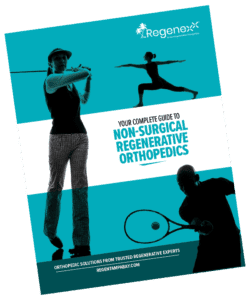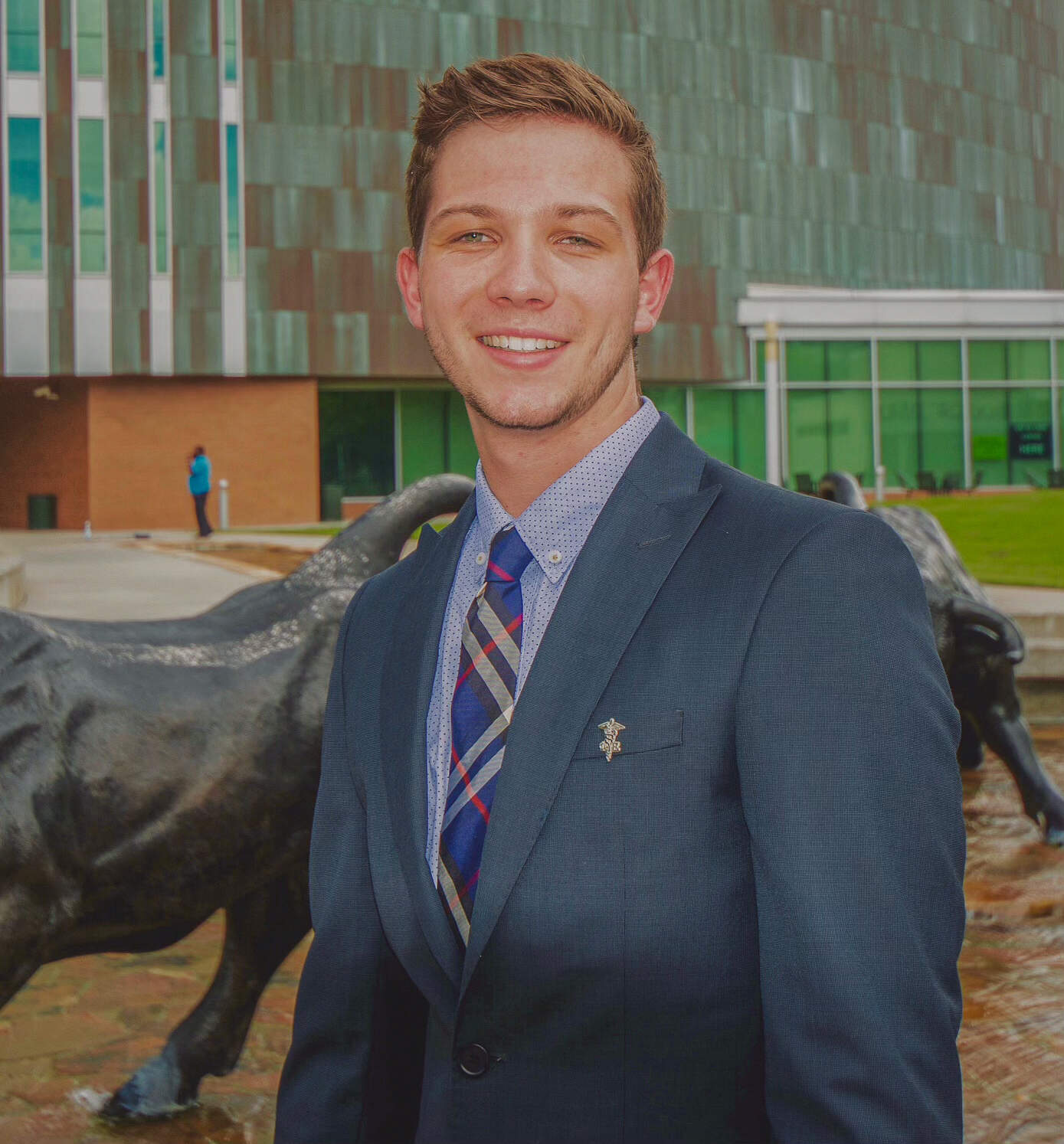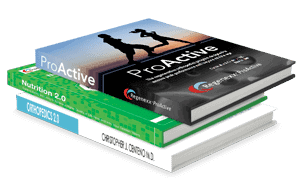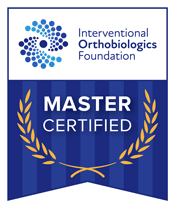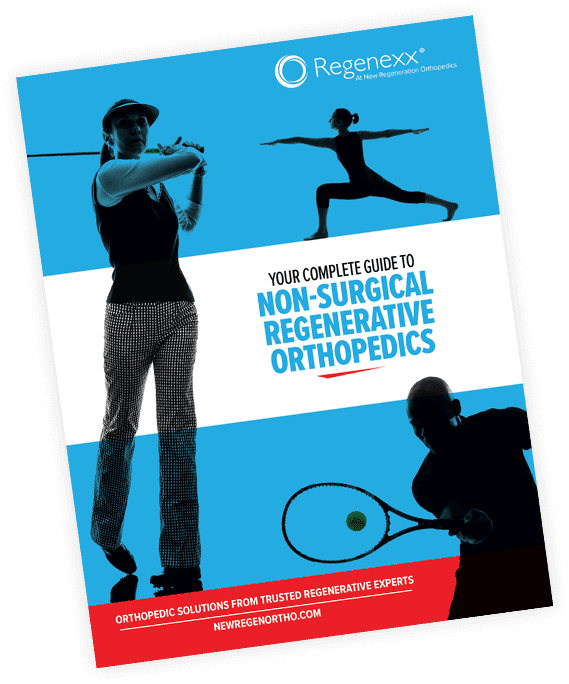Let’s face it, shoulder surgery is traumatic and is often irreversible . As of 2023, over 500,000 surgical procedures are performed each year on those struggling with acute or chronic shoulder pain. Between 1998 and 2017, total replacement surgeries have increased by nearly six times and the rate at which rotator cuff tear surgeries have been performed has gone up 10% annually[1].
The traditional orthopedic model of care follows an insurance friendly algorithm beginning with a 6-12 week course of physical therapy, corticosteroid injections to failure, and then an inevitable surgery upon which the joint is replaced artificially or part of the affected rotator cuff is cut-out and sewn back together. The pipeline of pain to the operating room has been the dominant center of orthopedic care for decades, but other options exist for patients looking to avoid going under the knife.
The shoulder joint is a ball and socket system which connects the humerus bone to the glenoid cavity of the scapula. When talking about “soft tissue” components of the musculoskeletal system, the main players are muscles, ligaments and tendons. Ligaments connect bone to bone, whereas tendons connect muscle to bone. The rotator-cuff is a group of muscles and tendons in the shoulder that surround and connect the main joints, helping to provide strength and stability to the area and support in upper extremity mobility. When a ligament, tendon, or muscle becomes overused, overstretched, or degenerated a tear can form in the tissue leading to pain and instability. For those active in sports or recreational activities, especially with repetitive movements and motions of the shoulder such as throwing or swimming, there is a higher risk of injury due to the acute and chronic stress of the tissue fibers. In the case of a grade I or II (partial) tear of a ligament, muscle or tendon, it is often advised by orthopedic surgeons to cease activity, apply ice to the area to decrease inflammation and swelling, brace appropriately and see a physical therapist for 6-12 weeks until the pain is lessened. For grade III (full) tears, the suggestion is almost always surgical intervention.
For patients wanting to decrease their downtime from activity/sport and speed up their healing process, PRP and other orthobiologic injections such as Bone Marrow Concentrate (BMC)have become a viable option for treatment. In a 2020 study conducted by Dr. Chris Centeno, et al found that “injections of BMC with platelet products provide significant functional gains and reductions in pain compared to a guided home exercise program in the treatment of partial and full-thickness, non-retracted [rotator cuff]tears”[2]. On average, it is found that patients who receive PRP injections by a Regenexx physician see a 70-80% decrease in pain and increase of function by 12 weeks. With these results, patients are continuing to avoid irreversible surgeries, minimize the risk of intra and post-operative complications and get back to doing what they love sooner without the need for extensive rehabilitation programs.

We are grateful to be servicing patients in the following areas of Central and West Florida: Orlando, Tampa, St. Petersburg, and Sarasota.
Sources:
- Freehill MT, Murray IR, Calvo E, Lädermann A, Srikumaran U. Shoulder Surgery Postoperative Immobilization: An International Survey of Shoulder Surgeons. Biology. 2023; 12(2):291. https://doi.org/10.3390/biology12020291
- Christopher Centeno, Zachary Fausel, Ian Stemper, Ugochi Azuike, Ehren Dodson, “A Randomized Controlled Trial of the Treatment of Rotator Cuff Tears with Bone Marrow Concentrate and Platelet Products Compared to Exercise Therapy: A Midterm Analysis”, Stem Cells International, vol. 2020, Article ID 5962354, 10 pages, 2020. https://doi.org/10.1155/2020/5962354

